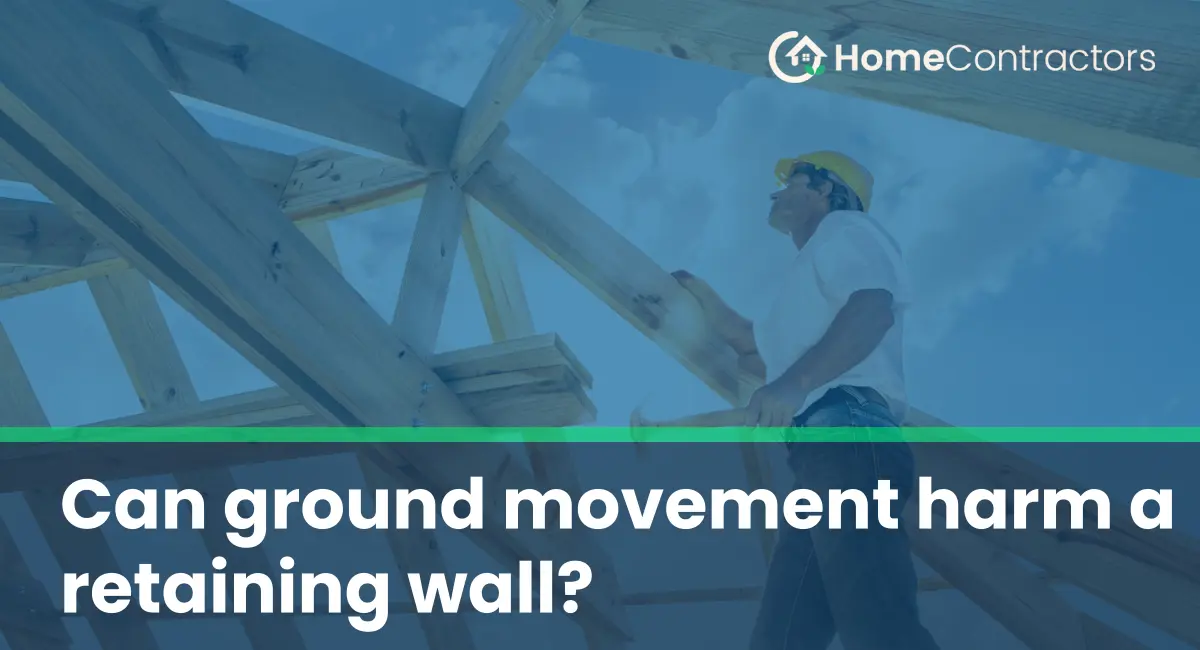Retaining walls are commonly used in construction projects to hold back soil and prevent erosion. They are designed to withstand various external forces, such as the pressure exerted by the soil they retain. However, one of the significant threats to the stability of retaining walls is ground movement. In this article, we will explore the causes and potential consequences of ground movement on retaining walls, as well as discuss preventive measures and possible solutions.
Causes of Ground Movement
Ground movement can occur due to several factors, including natural causes and human activities. Some of the primary causes of ground movement include soil erosion, geological processes, changes in groundwater levels, seismic activity, and nearby construction work. Understanding these causes is crucial for assessing the potential risks to retaining walls.
Effects on Retaining Walls
When ground movement occurs, it can have various detrimental effects on retaining walls. The most common consequence is the exertion of excessive pressure on the wall, which can exceed its design capacity, leading to structural failure. This excessive pressure may result from soil sliding, settlement, or lateral movement, placing significant stress on the retaining wall.
Additionally, ground movement can cause cracks to form in the retaining wall. These cracks can compromise the structural integrity of the wall and allow water infiltration, further weakening the structure. Over time, if left unaddressed, these cracks can widen and cause the retaining wall to collapse.
Preventive Measures
To minimize the potential harm caused by ground movement, preventative measures should be implemented during the planning and construction phases of a retaining wall project. Here are some key preventive measures to consider:
- Site Assessment: Conduct a thorough geotechnical investigation to understand the soil composition, groundwater levels, and potential geological risks in the area. This assessment will help determine the appropriate design and construction techniques for the retaining wall.
- Proper Design: Engage competent engineers to design the retaining wall based on the site assessment findings. The design should consider factors like the height and load-bearing capacity of the wall, the soil condition, and potential ground movement. Adequate reinforcement and anchoring systems can help improve the wall’s resistance to ground movement.
- Construction Techniques: Implement proper construction techniques that align with the design specifications. This includes ensuring proper compaction of the soil during backfilling, using appropriate drainage systems to manage groundwater, and employing techniques to stabilize the soil.
- Monitoring: Regularly monitor the retaining wall for signs of movement, including cracks, tilting, or bulging of the structure. Early detection of any movement can enable prompt corrective actions, preventing further damage.
Possible Solutions
If ground movement is identified and poses a risk to a retaining wall, various solutions can be considered based on the severity of the movement:
- Repairs: Small cracks or minor movement can often be repaired by injecting epoxy resins or cement-based materials into the cracks to stabilize the wall. Reinforcing systems, such as carbon fiber straps, can also be installed to strengthen the structure.
- Ground Improvement Techniques: In cases where the ground movement is ongoing or severe, ground improvement techniques may be necessary. These may involve installing deep foundation elements like piles or micro-piles to secure the retaining wall to stable soil layers.
- Reconstruction or Replacement: In extreme cases where the retaining wall is severely compromised, reconstruction or replacement may be the only viable option. This ensures the long-term stability and safety of the structure.
Ground movement can indeed harm a retaining wall. Understanding the causes, effects, and preventive measures related to ground movement is vital for ensuring the durability and functionality of retaining walls. By implementing proper design, construction techniques, and regular monitoring, retaining walls can better withstand the challenges posed by ground movement, providing long-lasting protection against soil erosion and instability.
